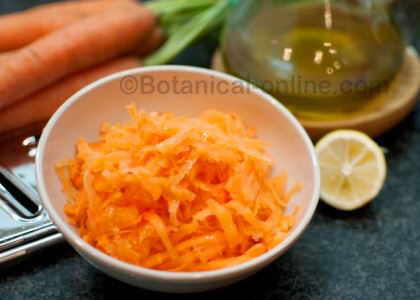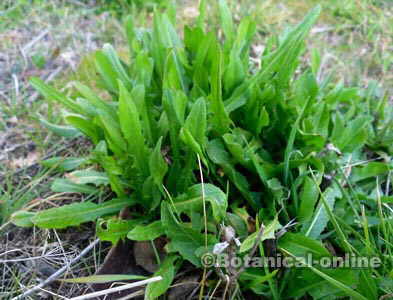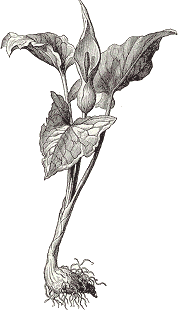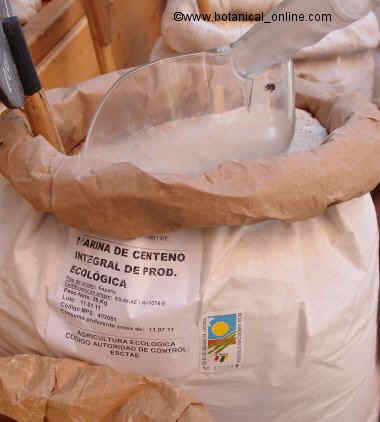Contents
Classification and classes of starch
What is starch and how is it classified?
Starch is a type of complex carbohydrate found in most starchy foods, such as cereals (refined and whole grains), tubers and roots, legumes, and vegetables.
How is starch like?
Chemically, starch is a tree-shaped molecule that is formed by the union of different molecules, amylose and amylopectin, which, in turn, are both made up of glucose.
How may types of starch are there?
Starch can be classified into different types:
- Rapidly digestible starch
- Slowly digestible starch
- Resistant starch
Characteristics of rapidly digestible starch
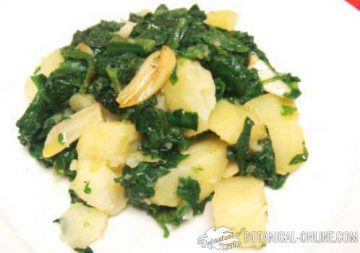
It is usually gelatinized starch (amylopectin) that is found in abundance in foods rich in starches cooked at high temperatures, such as potatoes, bread, or rice when they are highly cooked.
During digestion, this type of starch takes less than 20 minutes to convert to glucose (sugar). Therefore, although they are complex carbohydrates, their digestion and absorption is quite fast, which, in excess, makes it more difficult to control glycemia (blood sugar levels) and are more problematic for diabetes.
In English it is abbreviated as RDS (Rapidly Digestive Starch)
Characteristics of slowly digestible starch
It is a type of starch more difficult to break down by digestive enzymes, which take about 100 minutes to convert to glucose.
It is found in short-cooked starch-rich grains, such as pasta al dente, lightly cooked rice, undercooked potato, … It is more tolerable than the previous one for people with obesity and diabetes.
In English it is abbreviated as SDS (Slowly Digestive Starch).
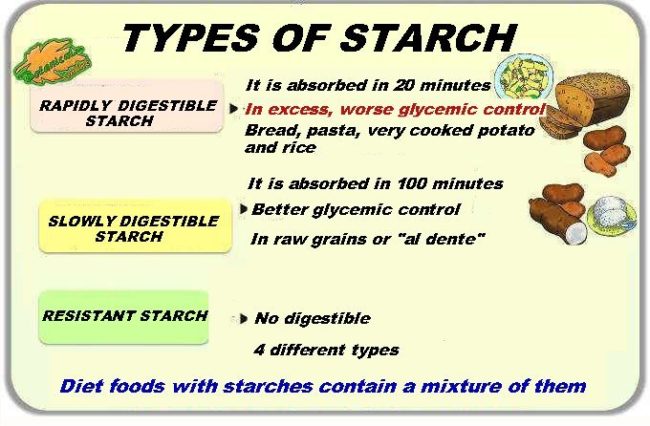
![]() More information on starch and carbohydrates
More information on starch and carbohydrates
21 June, 2025


